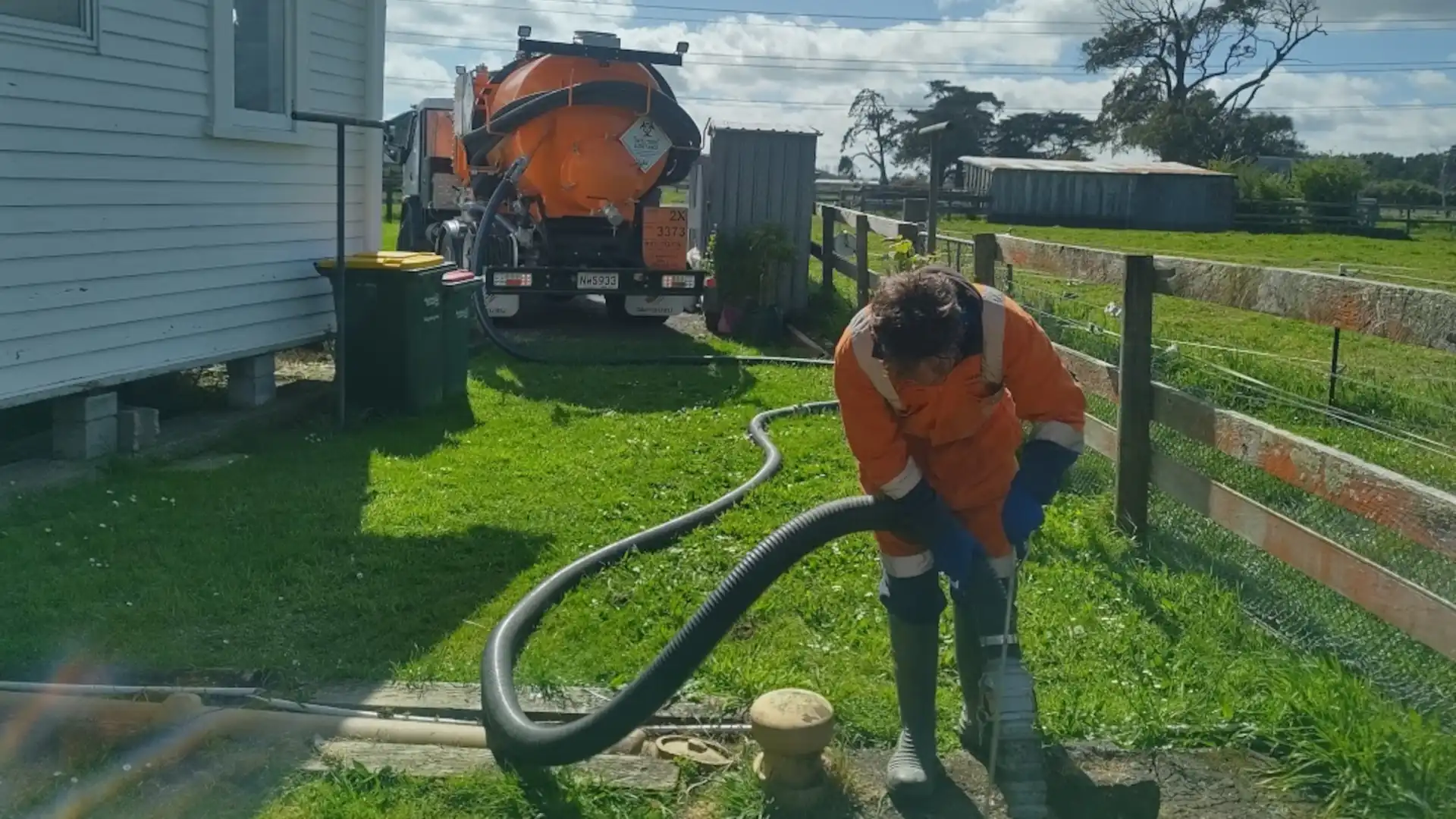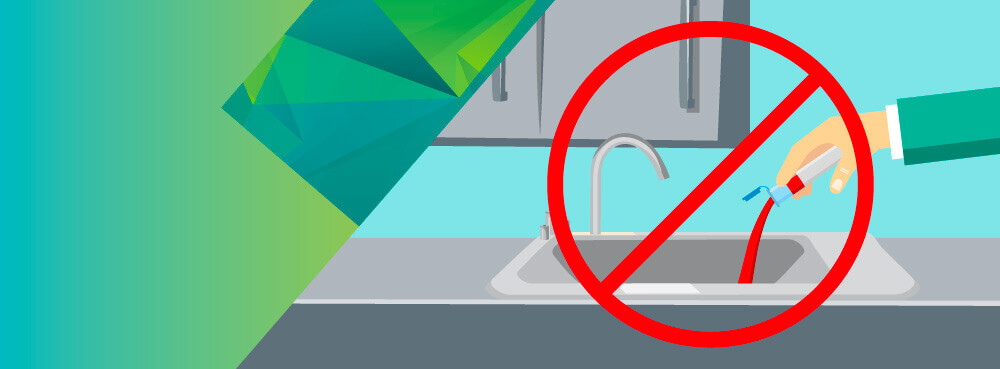Exactly How Liquid Garbage Disposal Works: A Thorough Overview of Strategies and Technologies Utilized

Introduction of Fluid Waste Kind
The complexity of liquid waste types necessitates a comprehensive understanding of their features and implications for disposal. Fluid waste can generally be classified right into several kinds, consisting of commercial, community, farming, and contaminated materials. Each classification exhibits unique properties, needing details monitoring strategies to mitigate environmental and health dangers.
Industrial liquid waste stems from manufacturing procedures and frequently has an array of impurities, such as heavy metals, solvents, and natural compounds. Community fluid waste, mainly consisting of wastewater from households and industrial establishments, includes raw material, nutrients, and microorganisms (industrial wastewater treatment). Agricultural fluid waste, including overflow from farms, may consist of plant foods, chemicals, and animal waste, posturing threats to water quality and ecosystems
Unsafe fluid waste is identified by its toxicity, reactivity, or possible to create damage. Recognizing these varied fluid waste kinds is important for creating reliable disposal methods and making certain compliance with ecological laws.
Physical Treatment Approaches

Testing is the initial action, where larger fragments and debris are removed from the liquid waste using displays or grates. This procedure protects downstream equipment from damages and makes certain smoother operation. Complying with testing, sedimentation makes use of gravitational pressure to different solids from liquids. In sedimentation storage tanks, larger particles settle at the bottom, forming a sludge layer, while the clarified liquid can be more treated.
Filtration is an additional vital method that includes passing the liquid through permeable products, such as sand or membrane layers, to record smaller sized bits. This action boosts the quality of the fluid, making it appropriate for subsequent therapy procedures.

Chemical Treatment Strategies
Chemical therapy methods are essential for properly managing fluid waste, particularly in dealing with liquified and colloidal pollutants that physical techniques might not properly eliminate. These techniques utilize numerous chemical representatives to counteract, precipitate, or transform unsafe substances into less dangerous forms.
One usual method is coagulation and flocculation, where chemicals such as alum or ferric chloride are added to advertise the aggregation of put on hold bits. This process improves sedimentation, permitting easier elimination of the resulting sludge. Furthermore, oxidation processes, utilizing agents like chlorine or ozone, are employed to damage down complex natural compounds and pathogens, providing the waste more secure for discharge or additional therapy.
Neutralization is another essential method, which adjusts the pH of acidic or alkaline waste streams to neutral degrees, protecting against prospective damage to downstream systems and the environment. Furthermore, progressed oxidation processes (AOPs) use combinations of oxidants and ultraviolet light to degrade consistent pollutants, accomplishing a higher degree of treatment performance.
Biological Therapy Procedures
Biological therapy procedures play a vital role in the administration of fluid waste by utilizing bacteria to disintegrate organic matter and decrease pollutant degrees. These processes can be generally classified into anaerobic and cardio treatments, each utilizing certain microbial neighborhoods to attain effective waste degradation.
Cardiovascular treatment includes using oxygen to promote liquid waste disposal melbourne the breakdown of natural products by bacteria. This process is commonly executed in turned on sludge systems, where oygenation containers offer a conducive setting for microbial growth, resulting in the oxidation of natural contaminants. The resultant biomass can be separated from dealt with effluent with sedimentation.
On the other hand, anaerobic treatment takes place in the lack of oxygen, depending on various germs to break down raw material. This method is especially beneficial for high-strength waste, as it creates biogas, a renewable resource resource, while minimizing sludge production. Technologies such as anaerobic digesters are often used in industrial and local applications.
Both anaerobic and aerobic biological therapies not just lessen the ecological impact of liquid waste however also help with resource recovery, making them essential components of sustainable waste monitoring techniques. Their flexibility, efficiency, and effectiveness sustain their widespread application throughout numerous industries.
Emerging Technologies in Disposal
Innovative approaches to fluid garbage disposal are quickly developing, driven by improvements in technology and an enhancing focus on sustainability. Amongst these emerging technologies, membrane bioreactors (MBRs) have gained grip for their capacity to incorporate organic therapy with membrane filtration, causing top notch effluent that can be reused in different applications. MBRs enable smaller footprints and a lot more efficient operations contrasted to standard systems.
Another encouraging growth is the use of anaerobic digestion incorporated with nutrient recuperation modern technologies, which not only deals with fluid waste yet also creates biogas and recovers beneficial nutrients like nitrogen and phosphorus. This dual advantage enhances resource effectiveness and lowers ecological effect.
Additionally, advanced oxidation processes (AOPs) are being adopted for the deterioration of intricate organic pollutants. These approaches make use of effective oxidants and catalysts to break down pollutants at the molecular level, using a very efficient service for challenging waste streams.
Additionally, the combination of fabricated intelligence and artificial intelligence in waste administration systems is optimizing functional efficiency and anticipating maintenance, bring about minimized expenses and boosted ecological compliance. These modern technologies mirror a substantial change in the direction of even more effective and lasting liquid waste disposal techniques.
Verdict
In conclusion, reliable fluid waste disposal requires a detailed understanding of numerous strategies and technologies. The assimilation of physical, chemical, and organic therapy approaches ensures the efficient monitoring of diverse waste types. Additionally, the appearance of innovative modern technologies enhances therapy effectiveness and advertises sustainability in waste monitoring techniques. By continually advancing these approaches, it ends up being possible to address the growing challenges connected with liquid waste, ultimately contributing to ecological security and source healing.
Liquid waste disposal is a vital element of environmental administration, requiring a thorough understanding of different methods and technologies customized to different waste kinds. Fluid waste can generally be classified right into numerous kinds, consisting of industrial, local, farming, and unsafe waste. Agricultural liquid waste, consisting of drainage from ranches, may consist of fertilizers, pesticides, and pet waste, positioning threats to water quality and ecosystems.
Different physical treatment techniques play a vital duty in managing fluid waste successfully - industrial wastewater treatment.In final thought, reliable fluid waste disposal necessitates a comprehensive understanding of different techniques and innovations